What You Need To Know About Hydrogen Fuel-Cell Cars
When it comes to selling a green vision, hydrogen power has an advantage: a glass of pure water the only thing spilling from your tailpipe. Despite that, fuel-cell based cars have been slow to reach the market, but your options in the US are set to double – to, admittedly, two models – by the end of the year.
The wheels aren't cheap
Hydrogen powered vehicles aren't new to public roads, but it's only in the past year or so that they've shifted from the stuff of fleets and roving research drivers to something the public in general can drive.
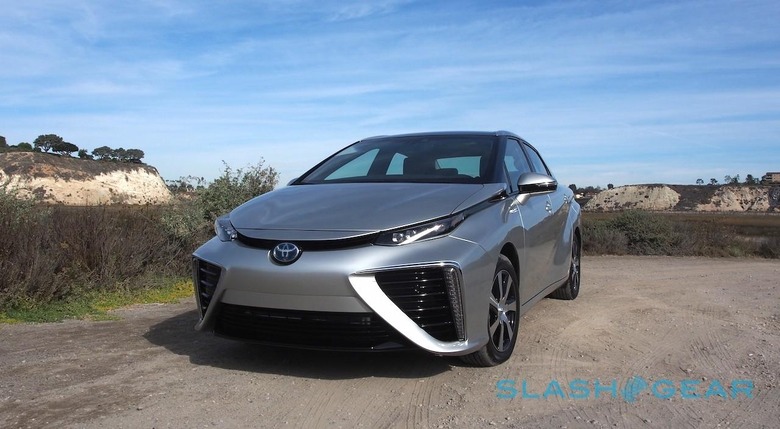
Toyota began deliveries of its Mirai sedan in the US late last year, while Hyundai's Tucson Fuel Cell isn't currently available in the US. Honda, meanwhile, said this week that its Clarity Fuel Cell should go on sale before 2016 is out, with an expected price of around $60,000.
That number is familiar, given Toyota launched the Mirai at $57,500. The lease prices – important, since neither Toyota nor Honda will sell you a fuel-cell car outright yet, only lease one to you for three years – are effectively identical too, at around $500 a month.
NOW READ: Toyota Mirai first-drive
It's a lot, especially when you consider how much of the cars are technologically identical to their electric hybrid siblings in each company's range. The Mirai, for instance, borrows plenty from the Prius, including its nickel-metal hydride batteries and electric motors; the only difference is that it gets its power from the fuel-cell system rather than a gas engine.
Scarcity won't only be a factor of price, however. Toyota has launched the Mirai both in small numbers and in a small portion of California; Honda aims to do the same. It's partly a reflection on the cost of the technology itself, but part because nobody quite knows what the market for a fuel-cell car will be.
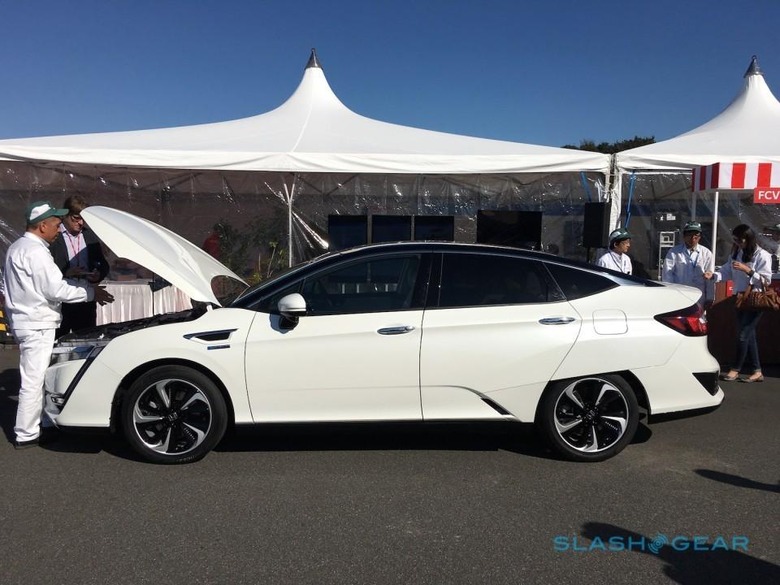
There's also the challenge of managing expectations. Whereas most automakers are hungry for car sales, opting for hydrogen involves close to an audition: you need to be in the right area, with the right expected usage pattern, and fully comprehend the positives (and possible shortcomings) hydrogen entails.
Honda isn't taking preorders for the Clarity Fuel Cell yet, but it's likely to follow a similar process to that of Mirai: after all, it'll only take a few negative reports from early-adopters to slam the brakes on the hydrogen train.
Low on gas
Actually finding a car is only the initial headache: once you're behind the wheel, figuring out somewhere to refuel becomes your next struggle. Unlike traditional gasoline, the infrastructure for which has had decades to develop, and electricity, which can – in theory at least – ping y-back on existing high-voltage wiring, there are no hydrogen piping options already out in the wild.
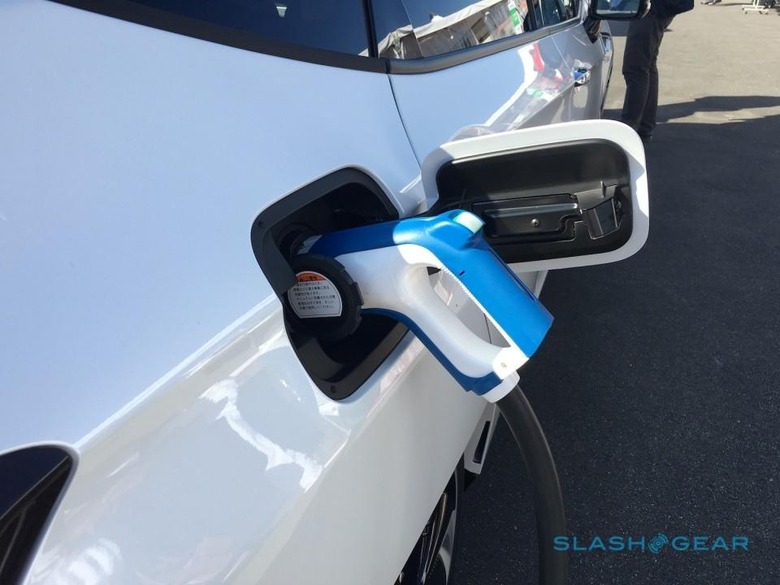
The result is a small, gradually growing network of places where you can find hydrogen, and a fair degree of planning required.
There's an argument to be made that much of the range-anxiety is in drivers' heads rather than reality. Research by the University of California Irvine's Advanced Power and Energy Program, for instance, found that – based on the assumption that fuel-cell car drivers would want to reach a station within six minutes or less, and given typical traffic and population density – just 68 sites would be needed across San Francisco and Silicon Valley, LA, Orange, and San Diego county.
Such a number could support around 10,000 hydrogen-powered vehicles, far more than is likely to be involved even when Honda joins the party later this year, the researchers said.
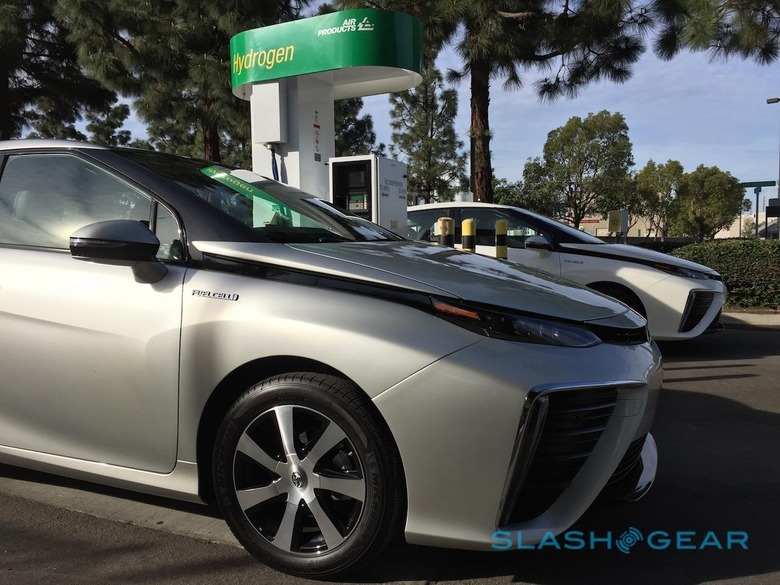
Combating the perception of tricky recharging might be a case of throwing more technology at the situation, then. Toyota's Mirai, for instance, has a custom navigation system with all the available hydrogen stations saved: from the dashboard or the car's companion app you can factor in refueling into your upcoming trip.
But where does the hydrogen come from?
Gasoline comes in tankers and on trucks. Electricity comes through high-voltage cables. Where does hydrogen come from? Initially, at least, it's another case of high-pressure tanks on the back of trucks, but there are plans afoot to produce the fuel on-site instead.
"The infrastructure problem is a major one," Audi's Siegfried Pint, head of electric drive development, told me at the North American International Auto Show in Detroit earlier this month. There, the company showed off the Audi h-tron quattro, its concept of what a hydrogen-powered SUV might look like, though came short of committing to actually making it.
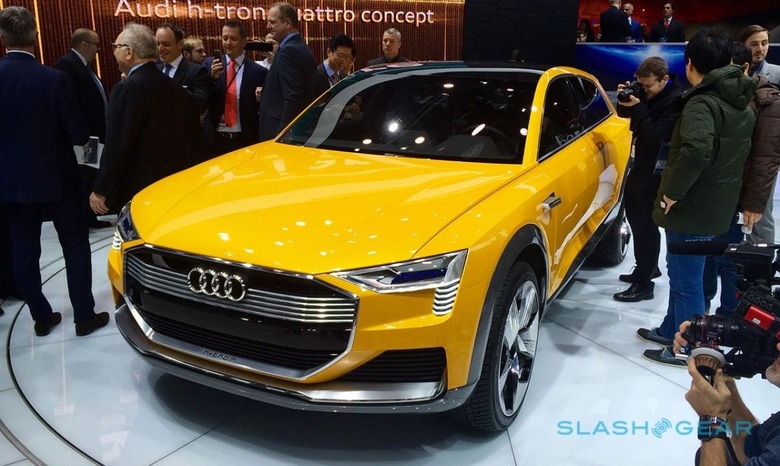
Instead, Pint said, fuel-cell technology is being developed as a just-in-case preparation. Audi sees no small degree of appeal with hydrogen – the "main advantage," Pint pointed out, is the low refueling time compared to electric cars, not to mention the range – but is content to wait and see whether the public comes to demand that before it weighs in on the market.
In the meantime, though, it's also been developing hydrogen stations which can actually produce the fuel on-site, extracting it from natural resources using whatever energy supply is locally available. That could be solar or wind power, perhaps, or waste energy from a nearby industrial facility.
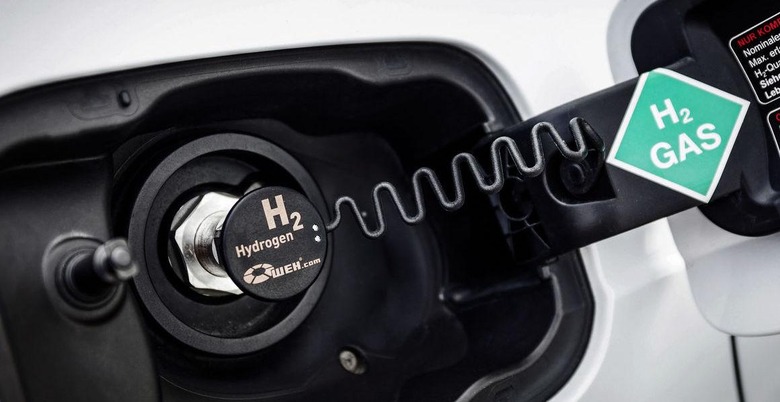
Audi has no intention of becoming a hydrogen distributor itself, the company's Dr Reinhard Hofmann insisted to me recently, but sees research into such one-box hydrogen generators as an obvious parallel project for its fuel-cell research. And, even if Audi itself won't commercialize them, that doesn't mean the development is a dead-end.
"We would love to share the IP," electric drive chief Pint told me in Detroit. though declined to say whether any such discussions had taken place already.
The green question
Without environmentally-conscious ways to produce hydrogen, just how ecologically efficient fuel-cell based cars actually are is questionable. Just like an electric car, if the power source you're relying upon to fuel your transportation is reliant on dirty fossil fuels, all you've done is shift the CO2 output and other emissions to another location.
NOW READ: Driving Honda's fuel-cell Clarity
Hydrogen has some inherent advantages over electricity in that respect. It presents new options for power transportation – cracking water into hydrogen in one location, moving it to another, and then using it to power fuel-cells is arguably more practical than running a long cable, especially if your production takes place offshore – and storing it involves a big tank rather than row upon row of batteries.
That's the theory, anyway. In practice, with a mere fourteen public hydrogen stations in the US – the majority in California – the target of 100 by 2024 looks a long way off. Even with the roughly 300 miles of range per tank that Toyota and Honda are promising, it's a scarcity that isn't going to be helped by trying to factor stringent green requirements in there, too.
Early-adopters, early-doubts
Hydrogen-powered vehicles certainly have the potential to be even greener and more practical than their full-EV cousins, but there's a long trek between the current state of the fuel-cell game and that being true in practice. Neither Toyota nor Honda are putting public sales goal targets on their cars; in short, nobody is willing to define what qualifies as "success" and what looks like "failure".
